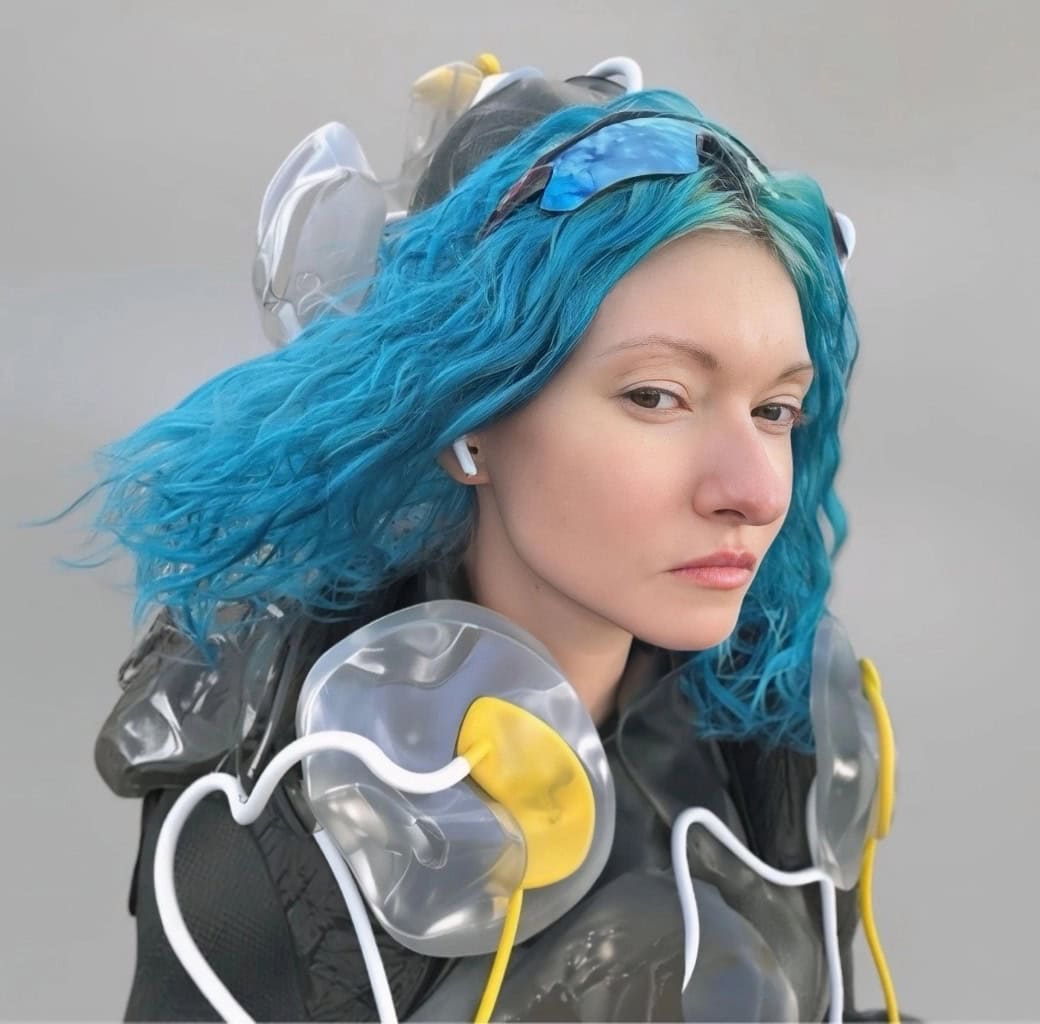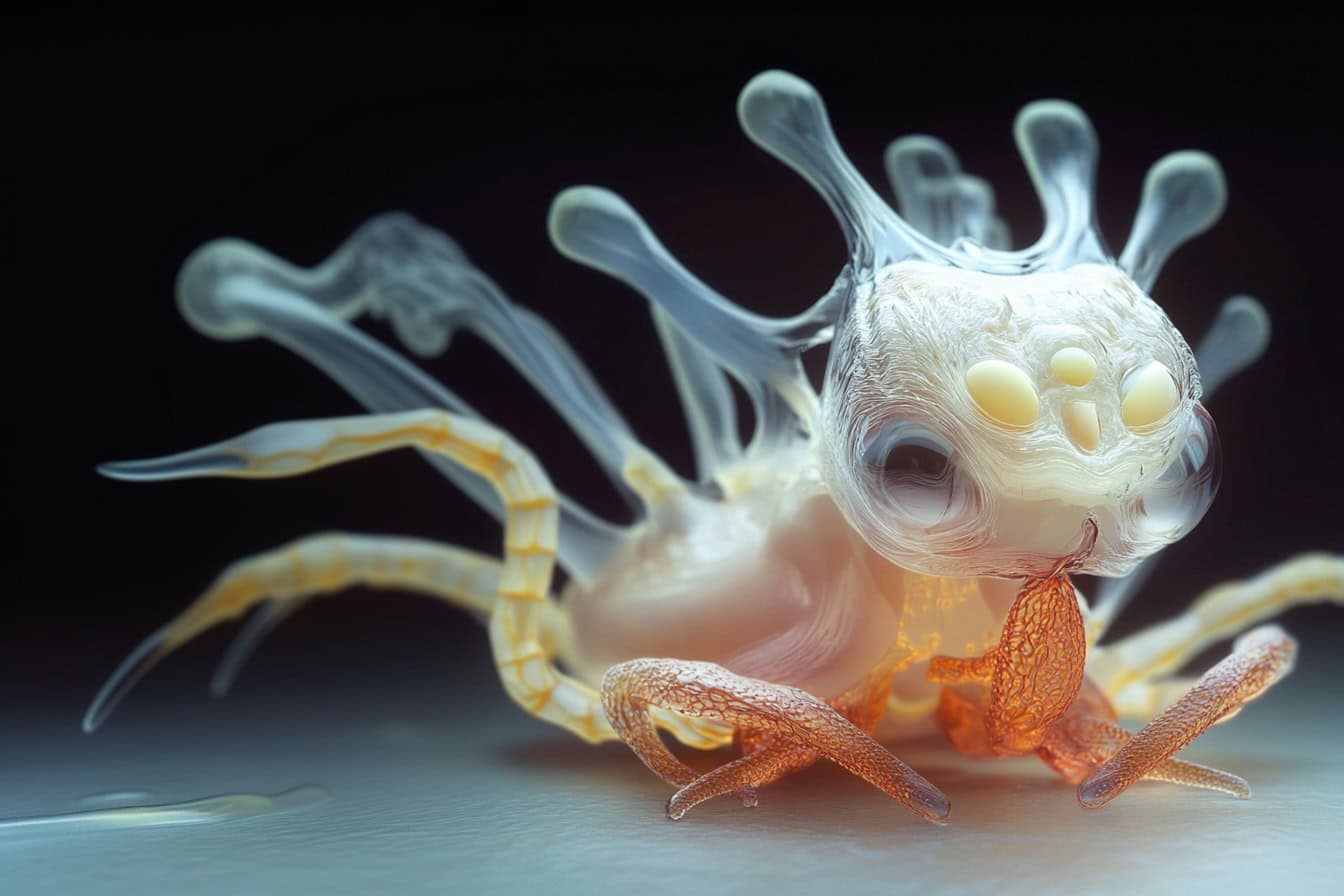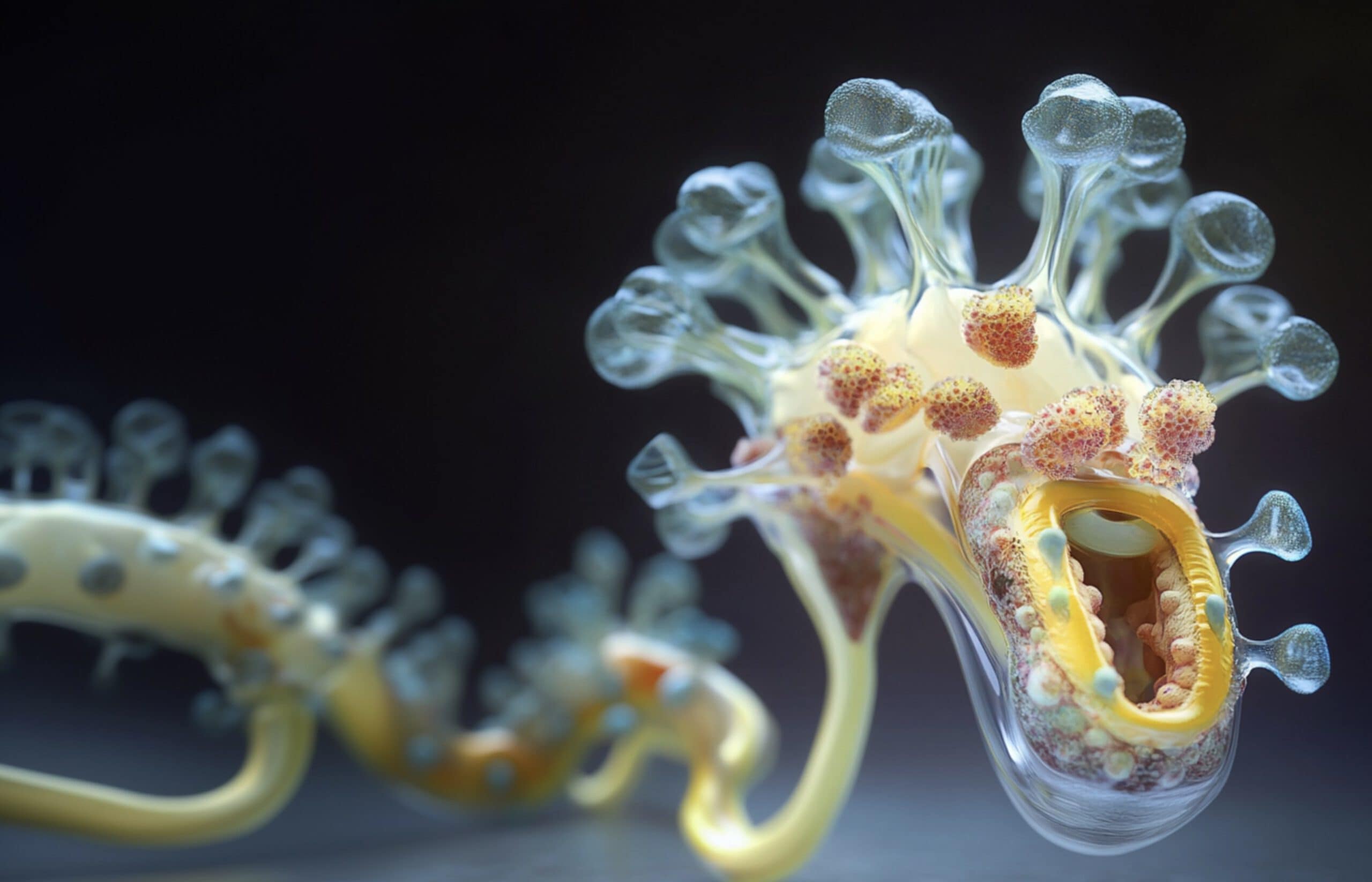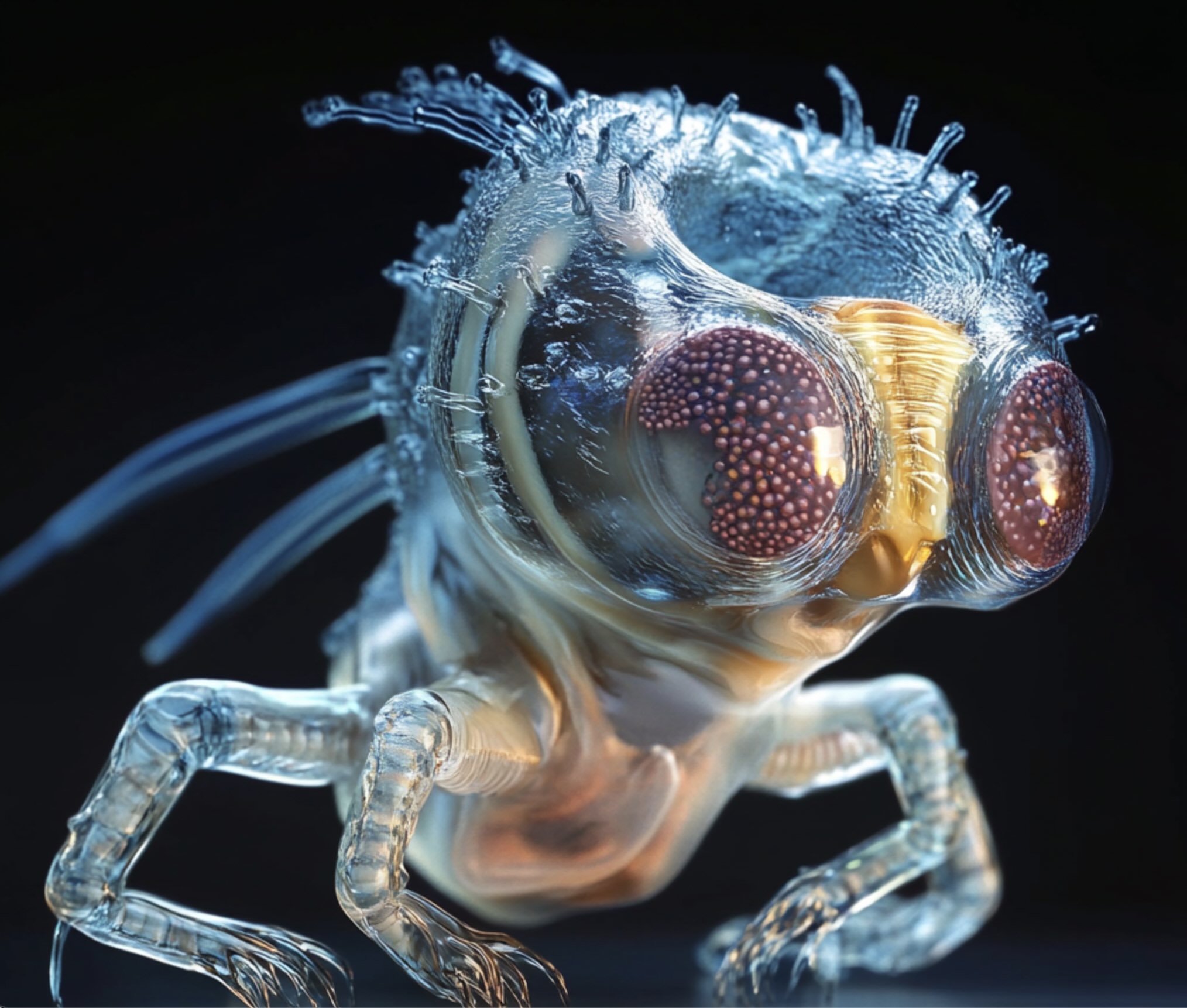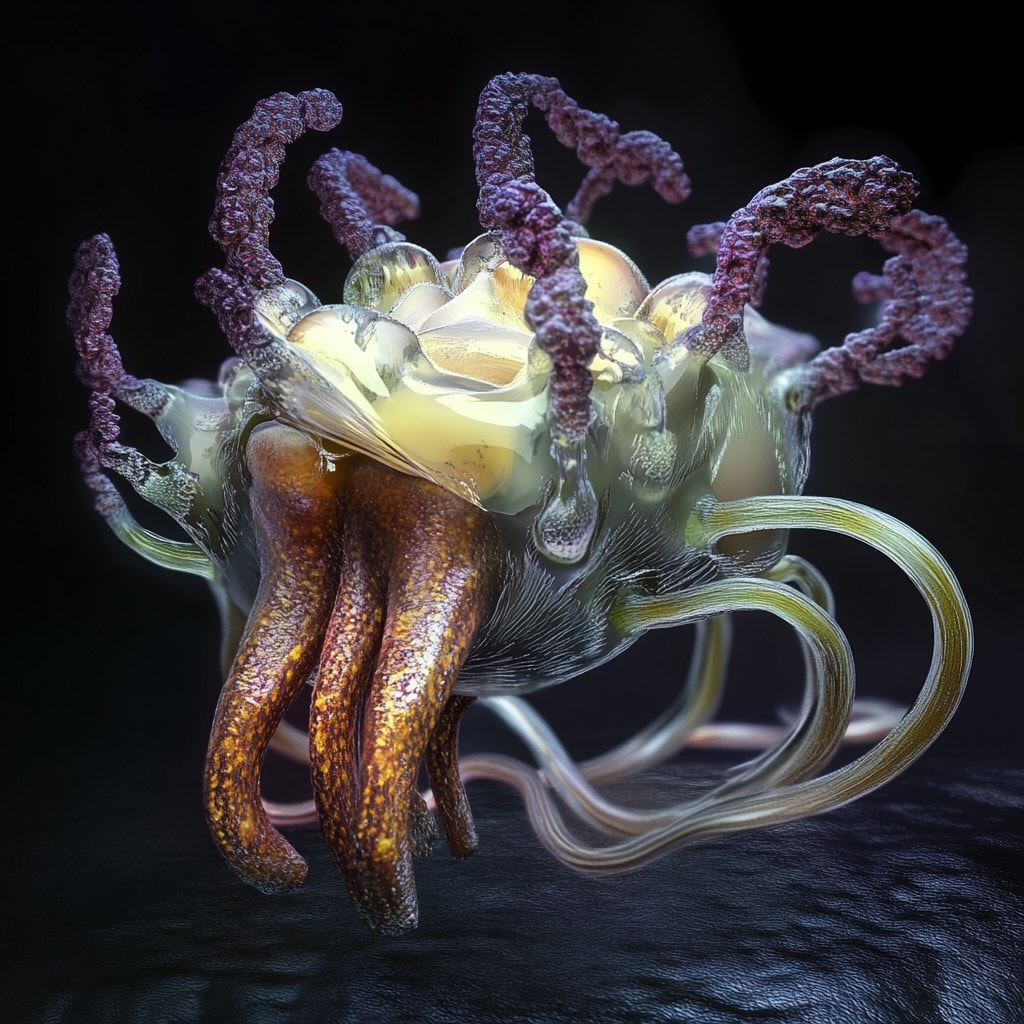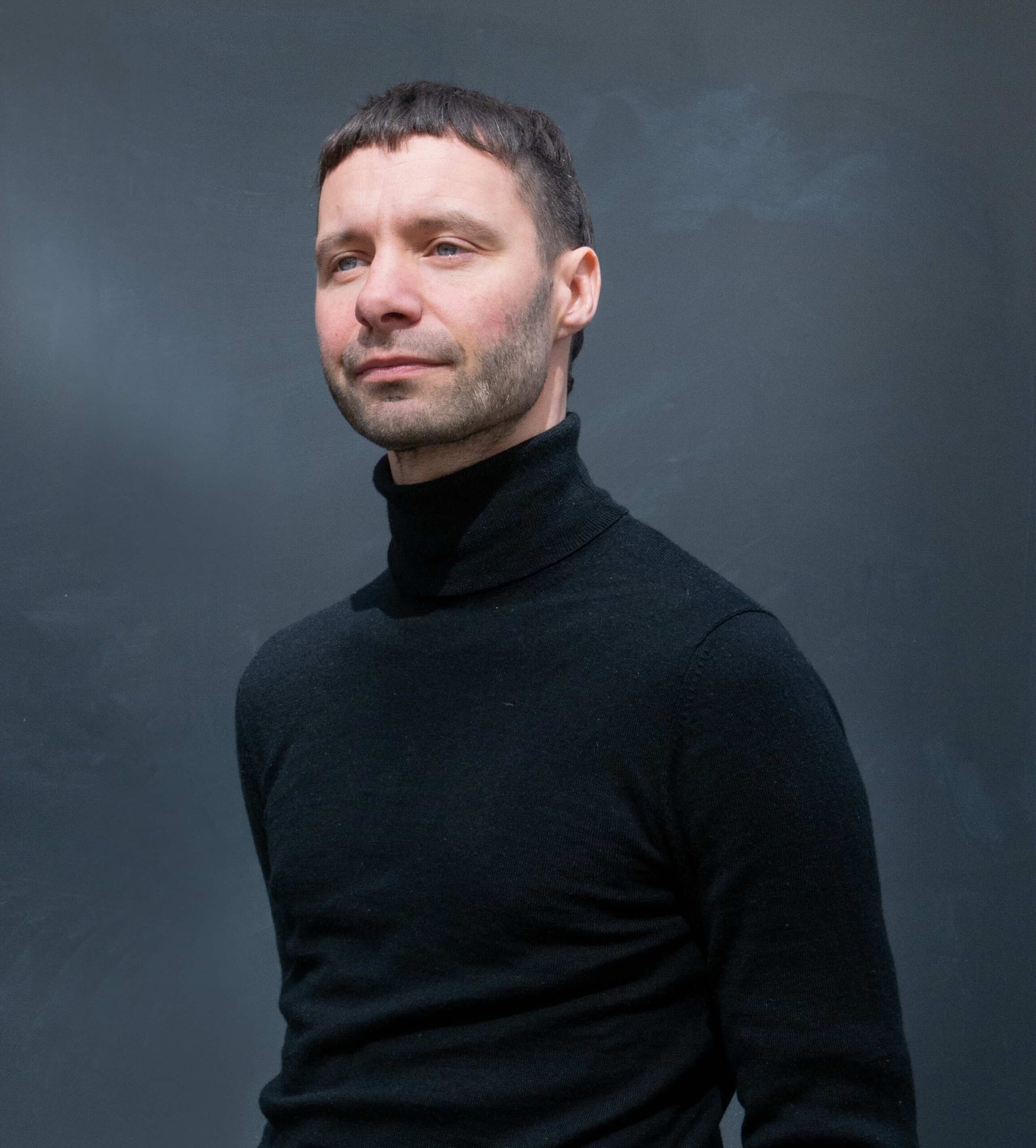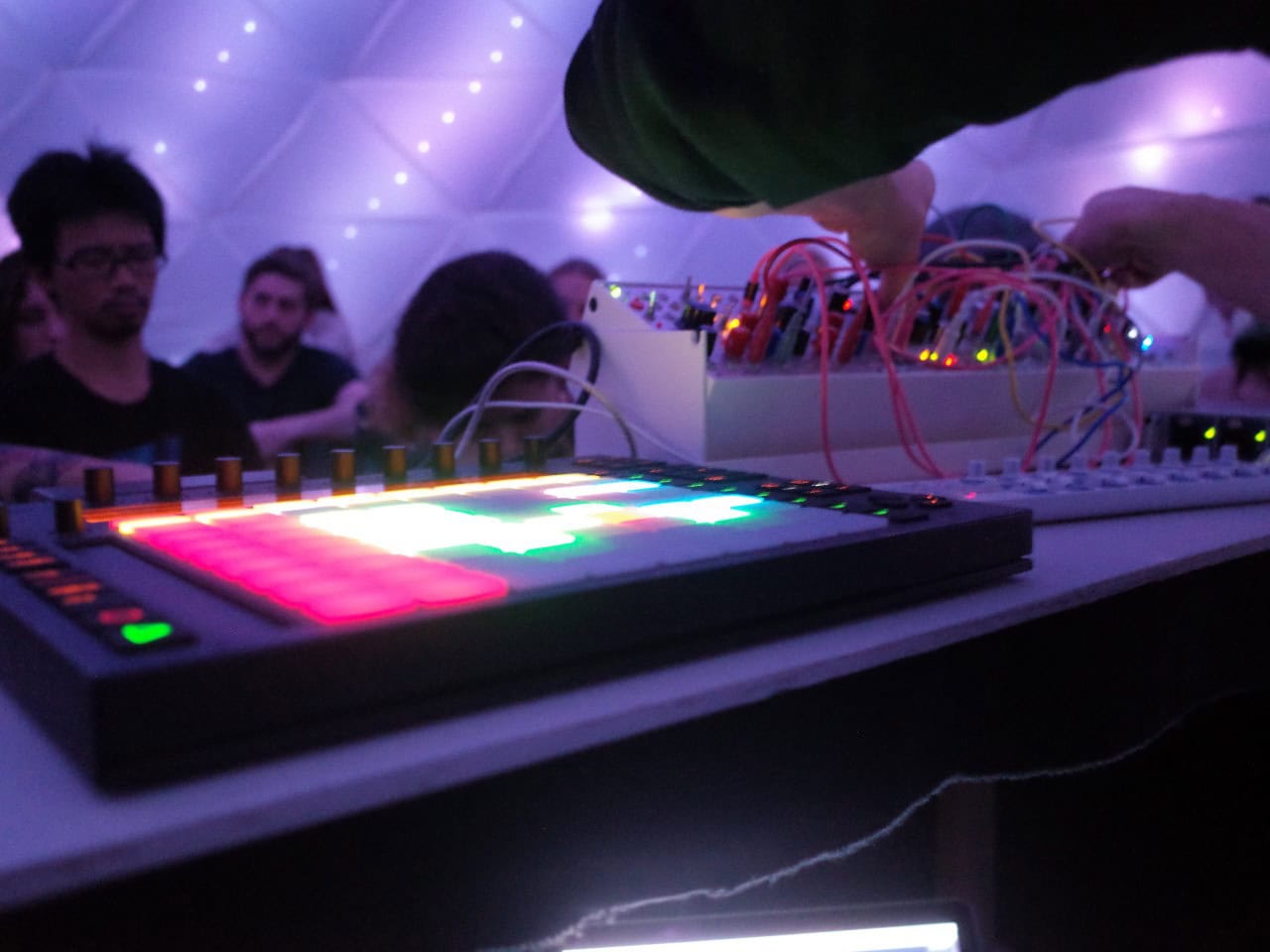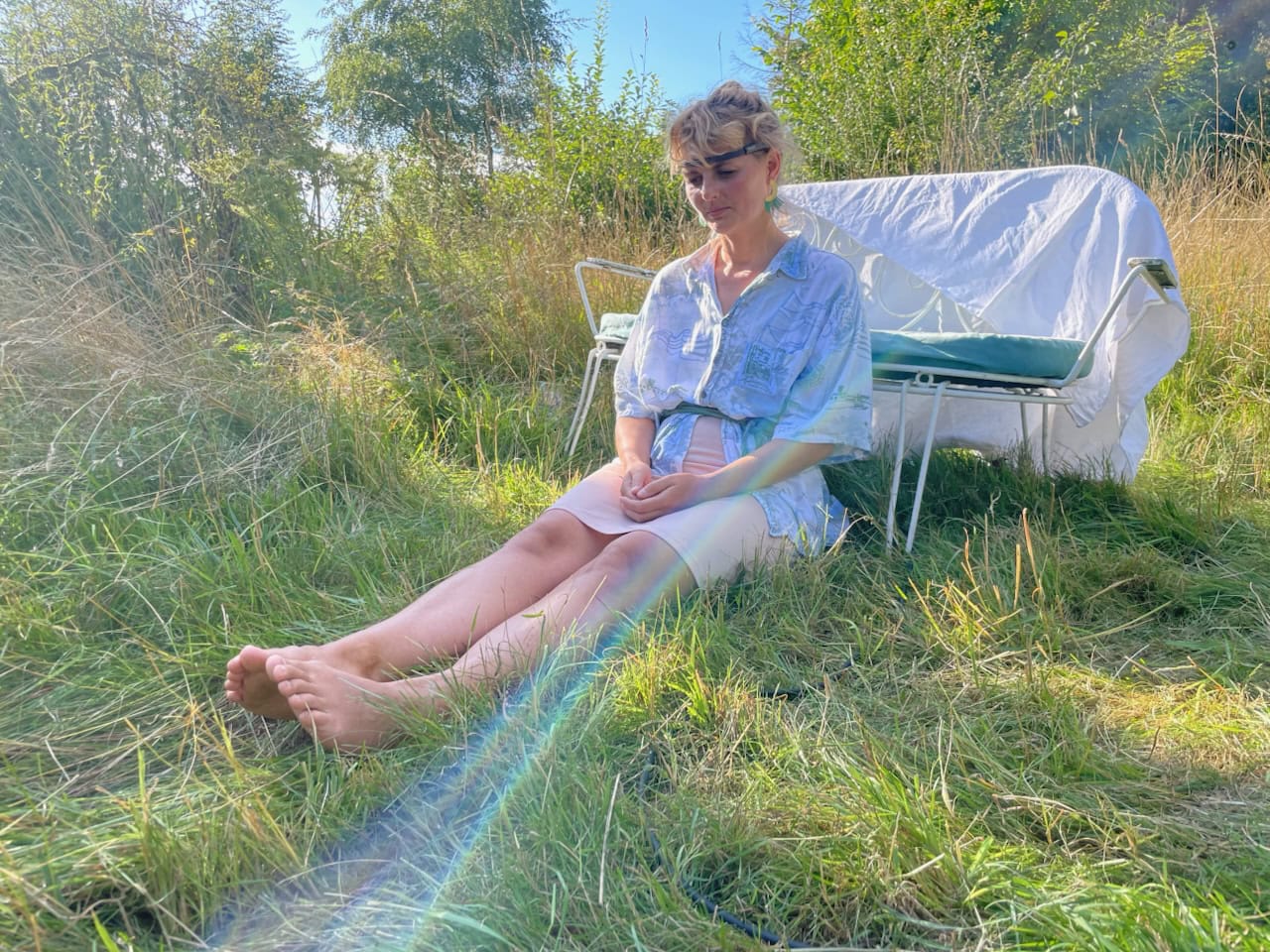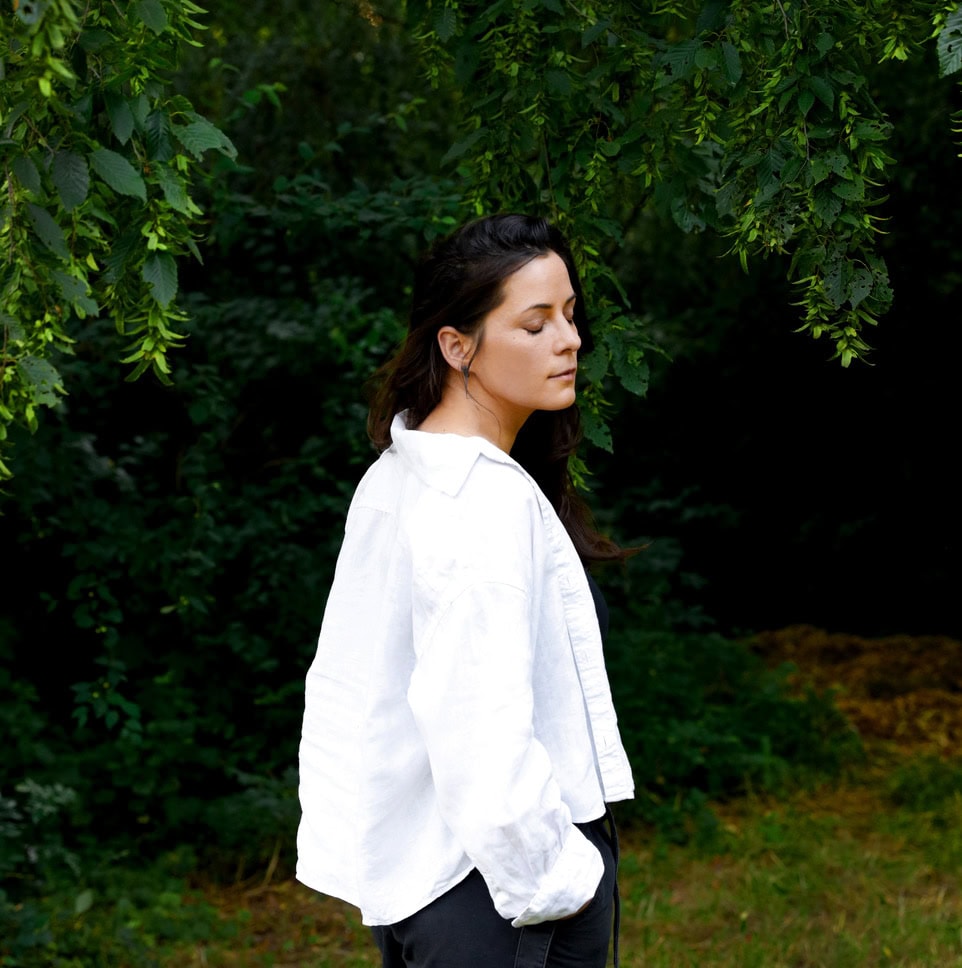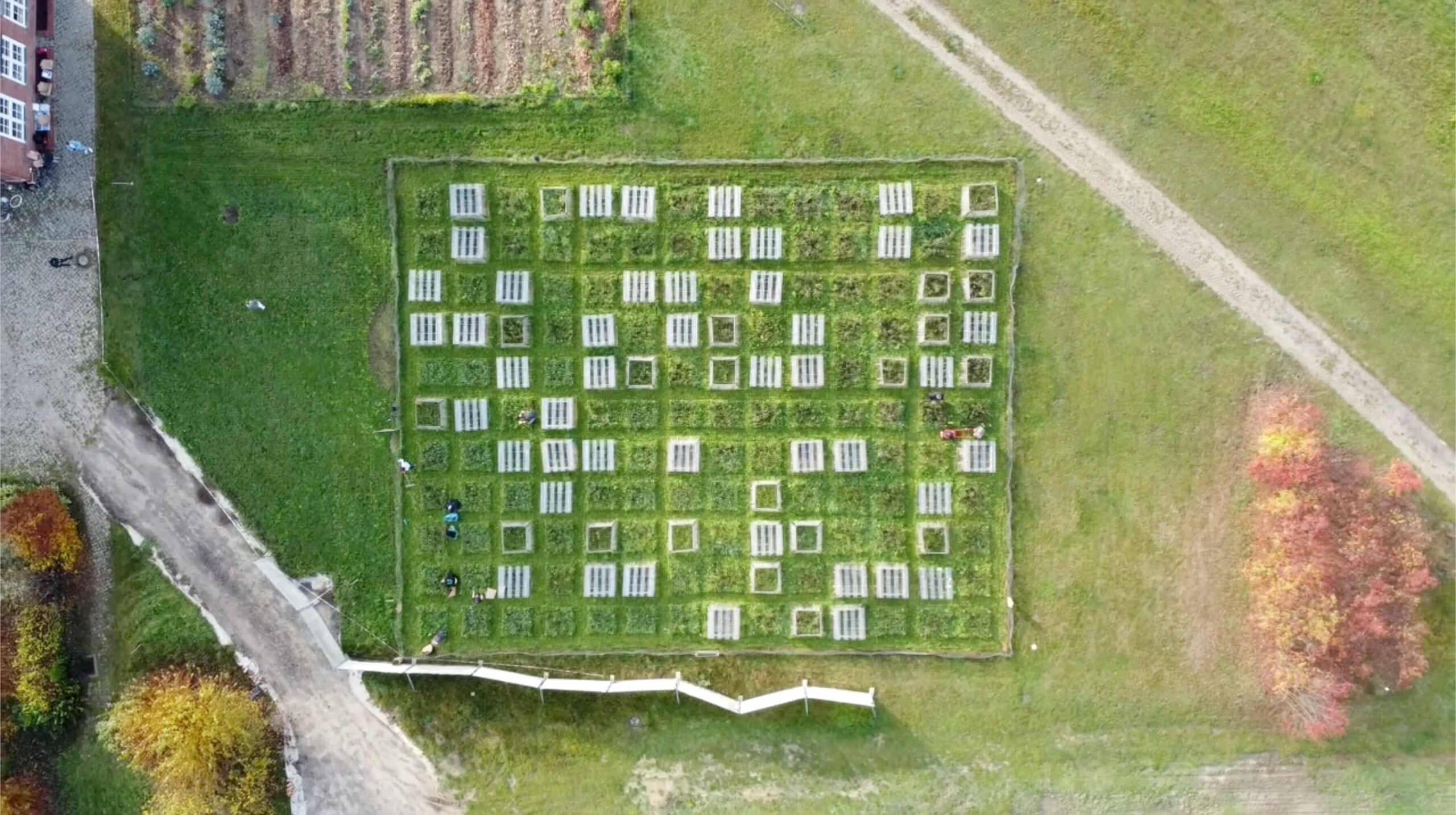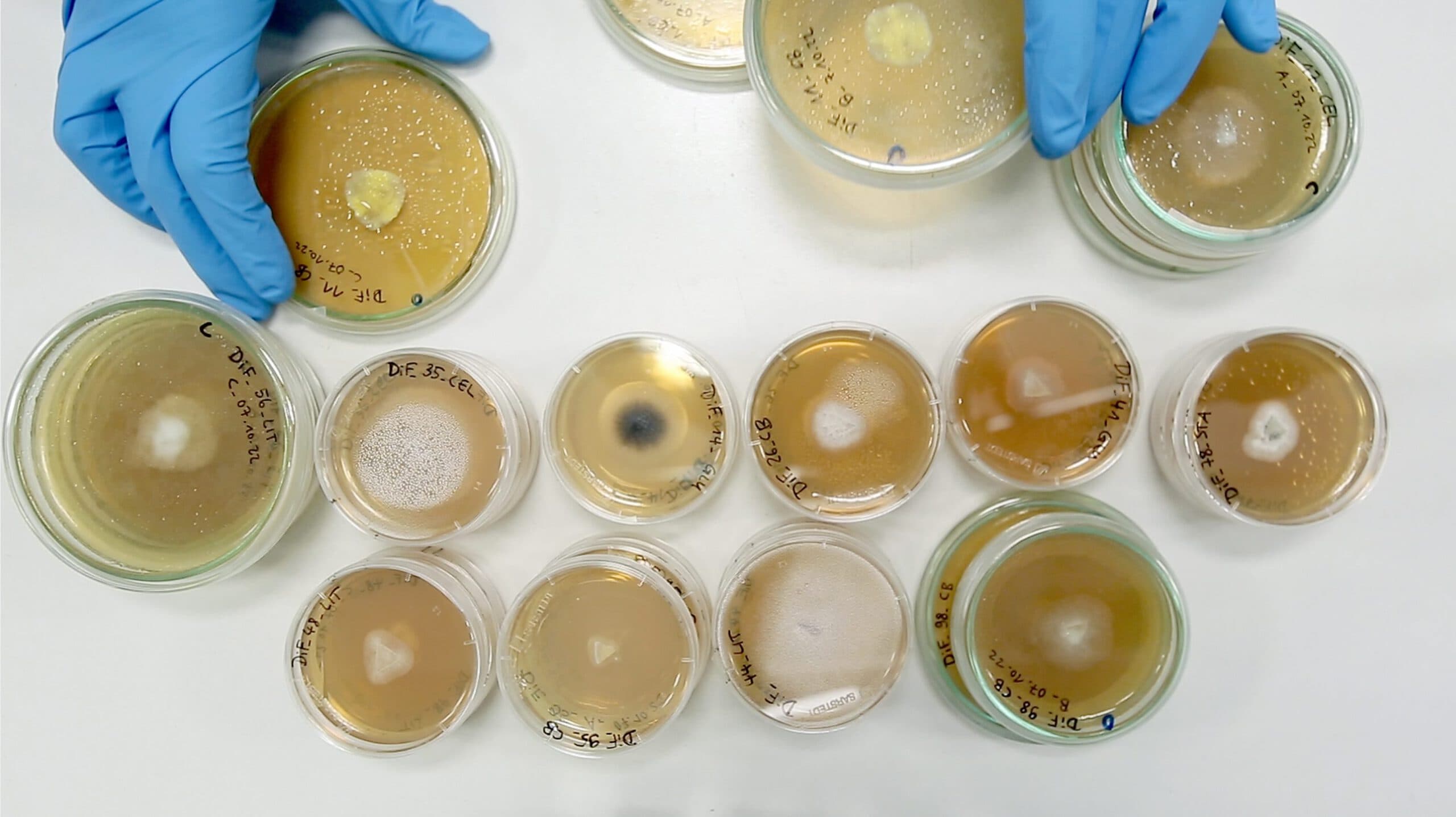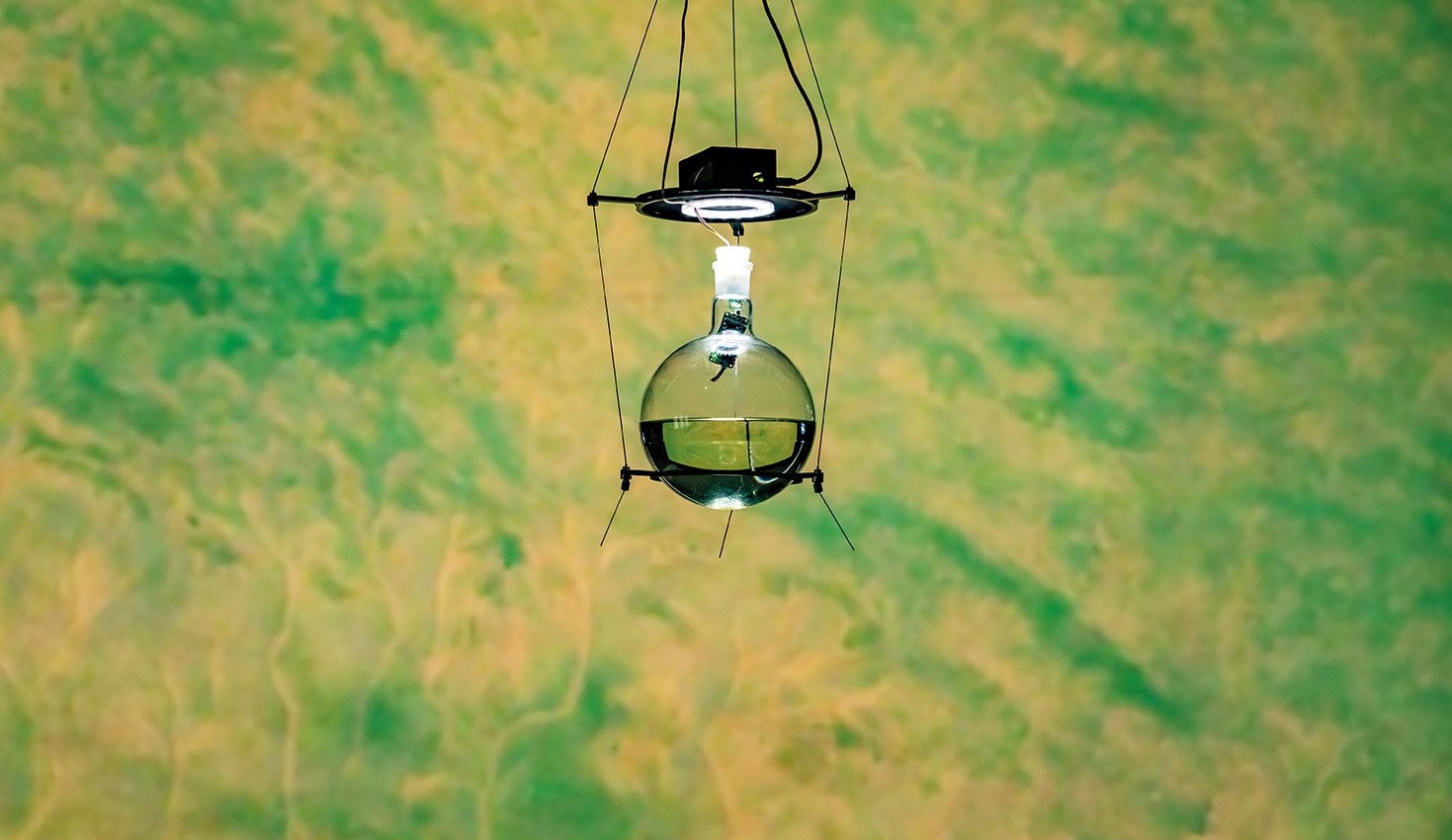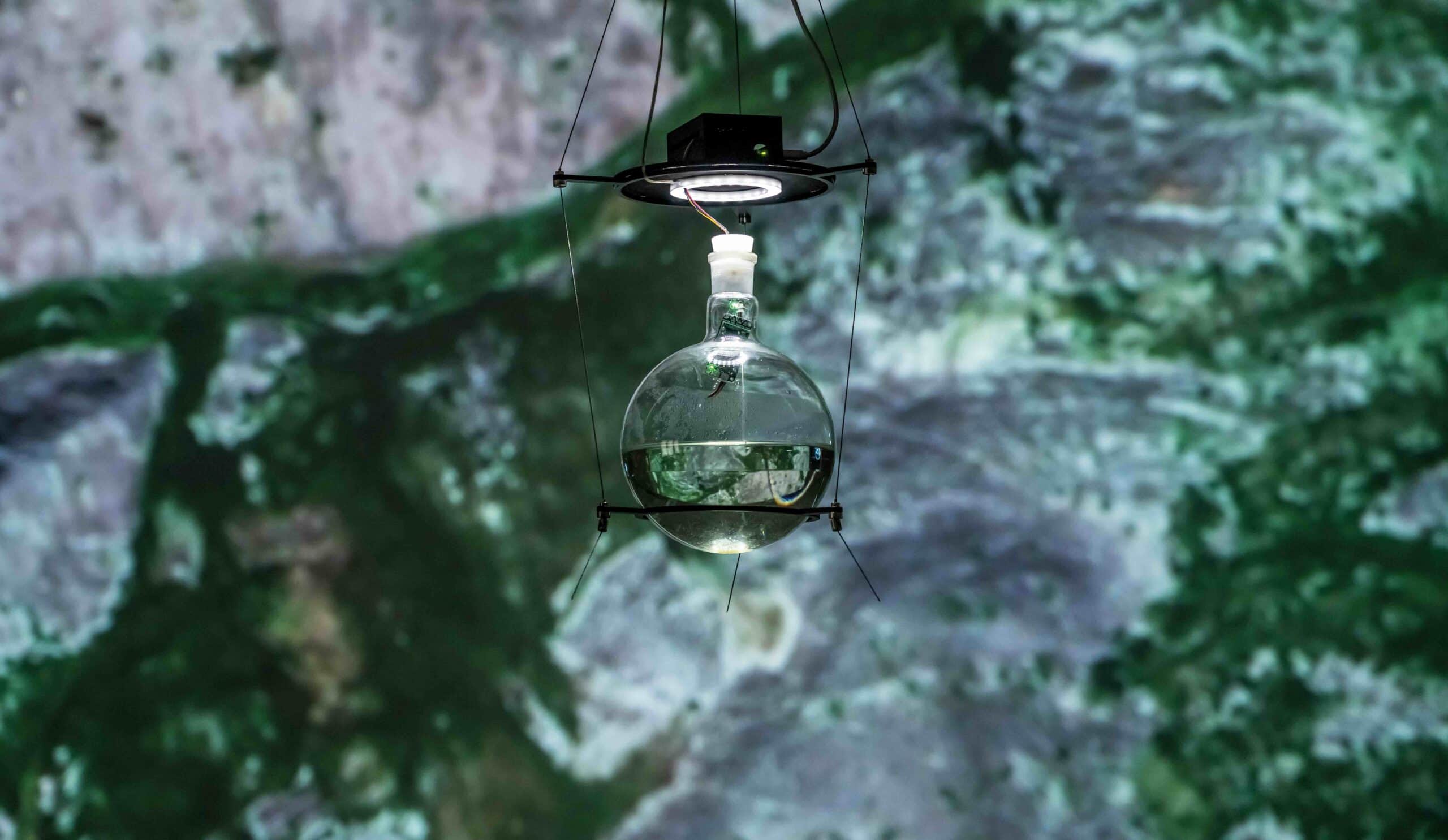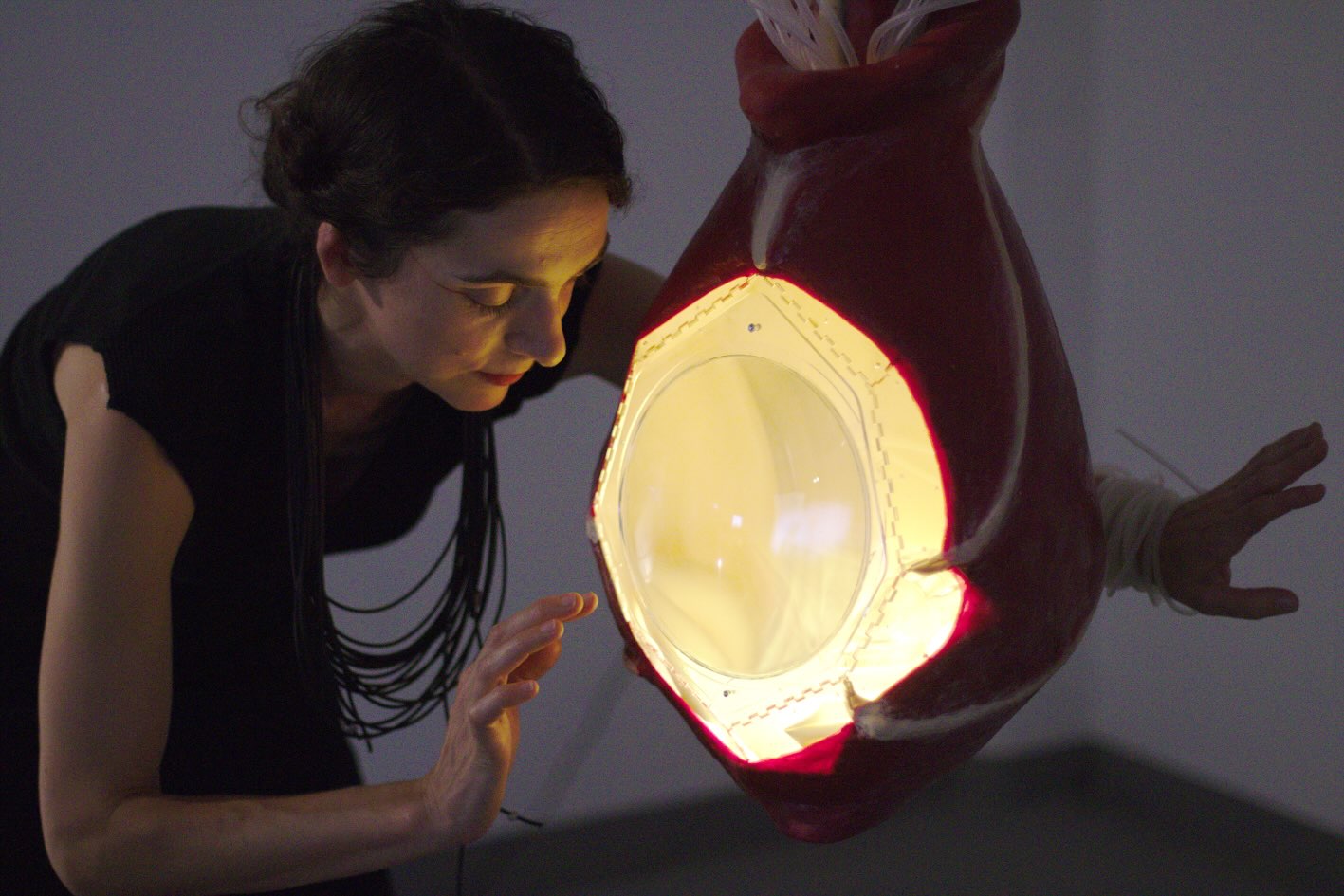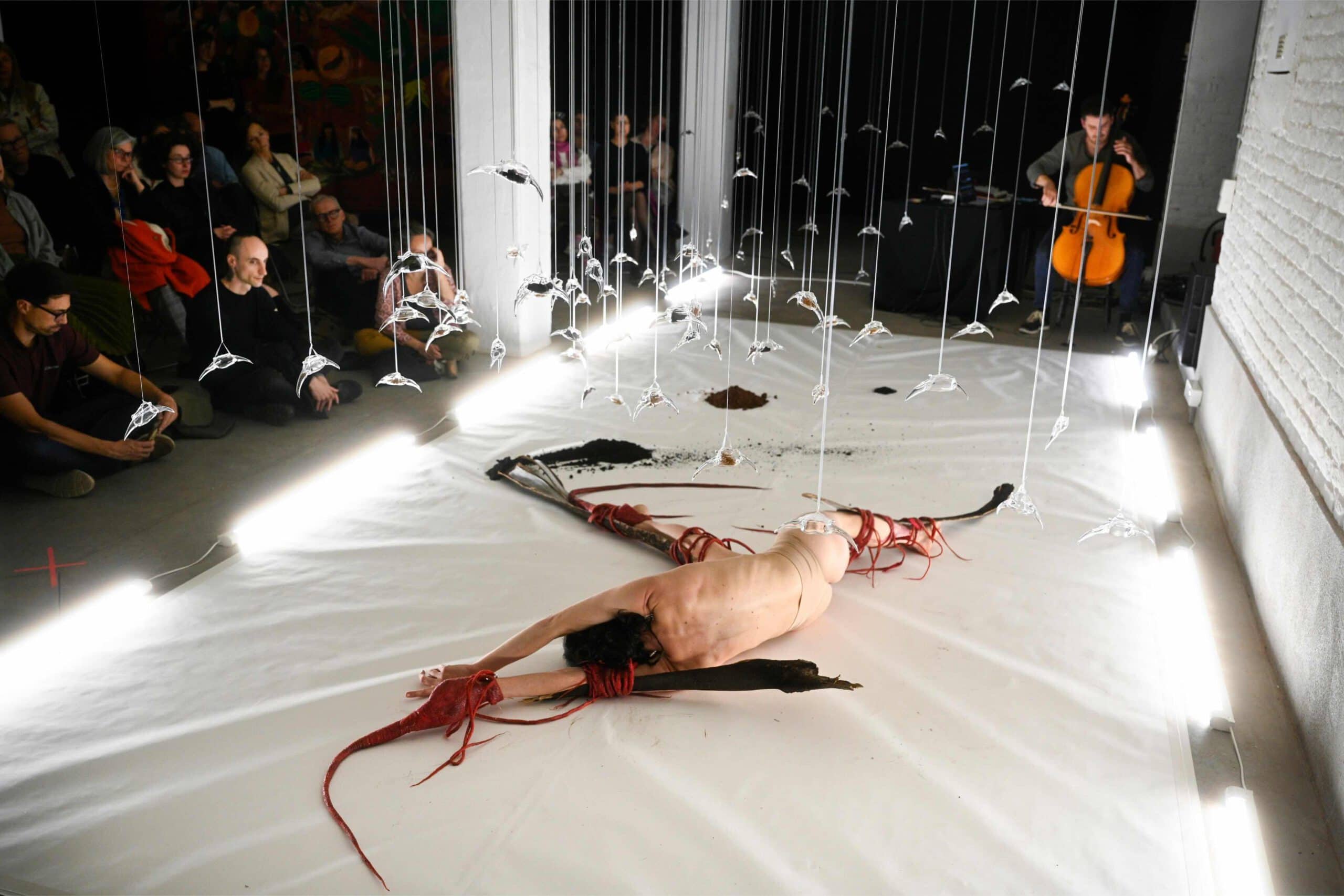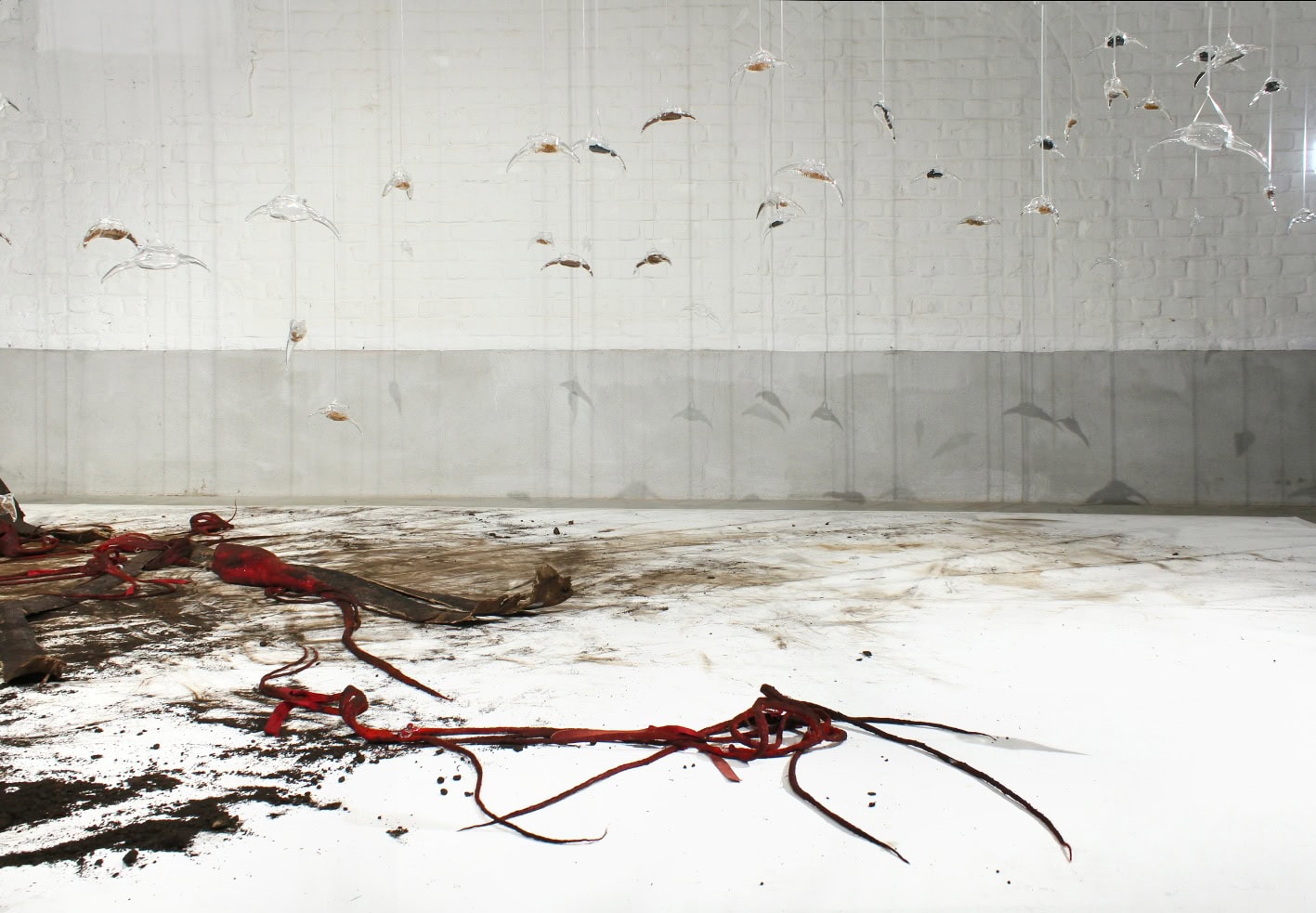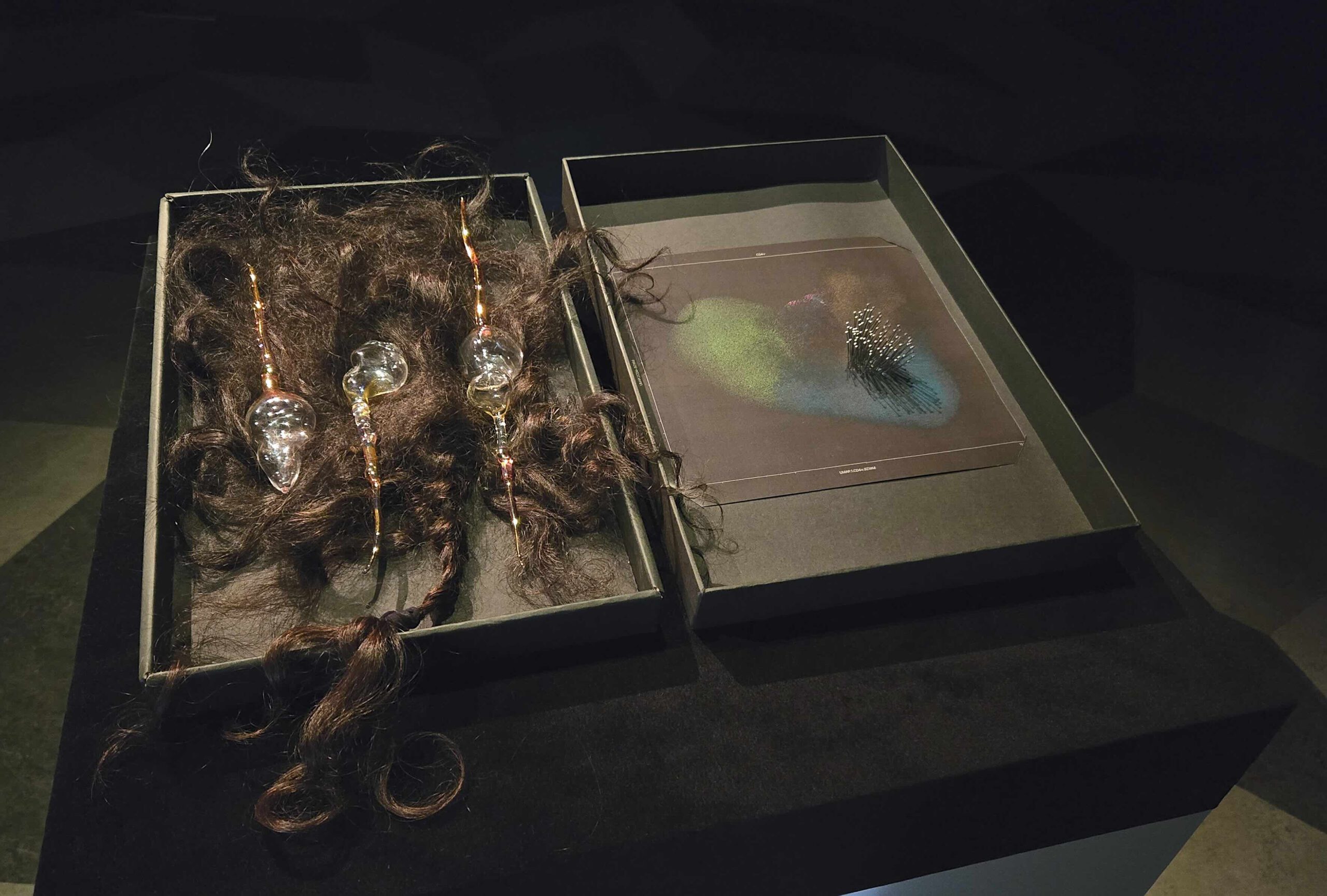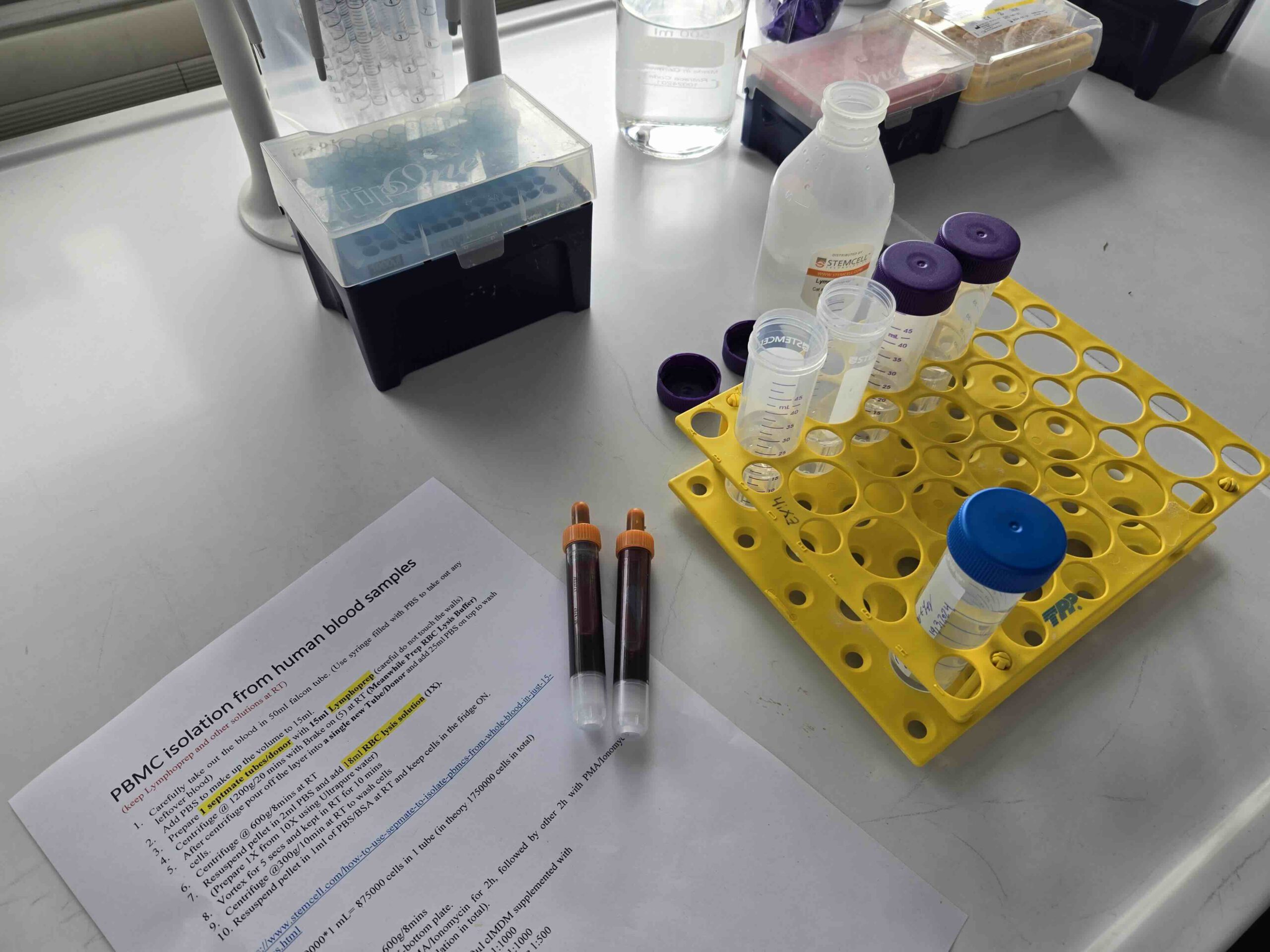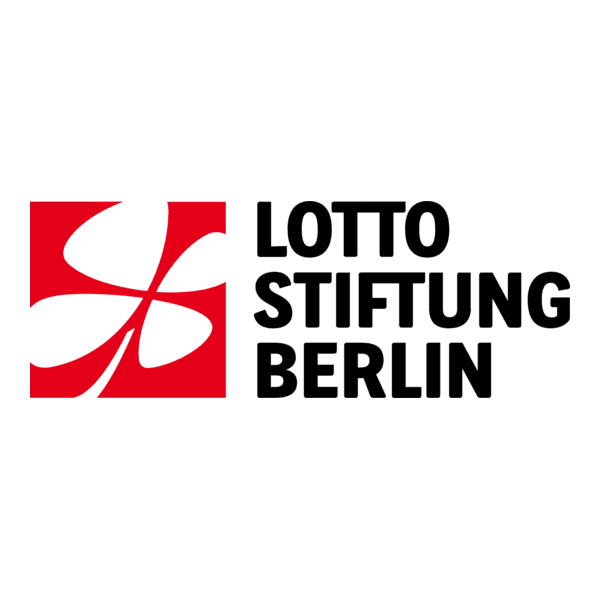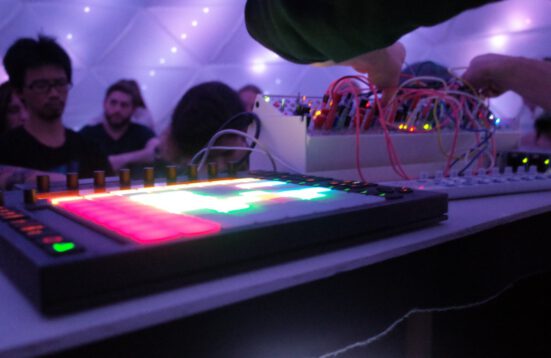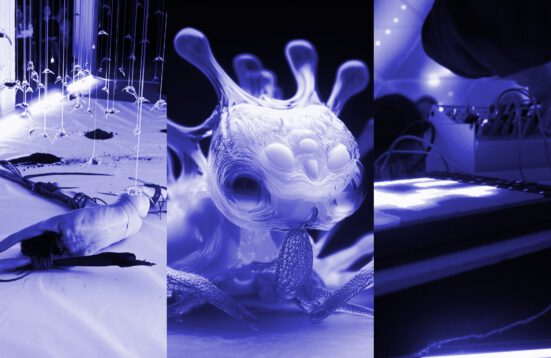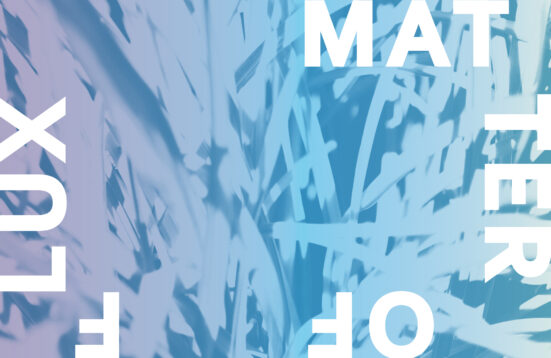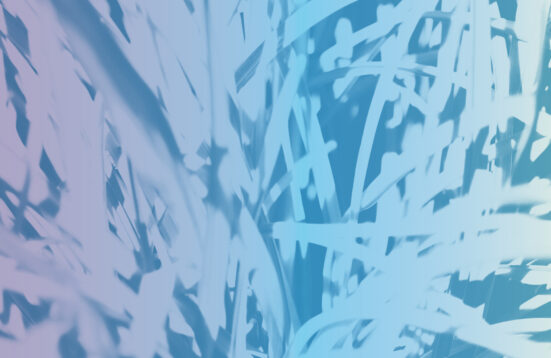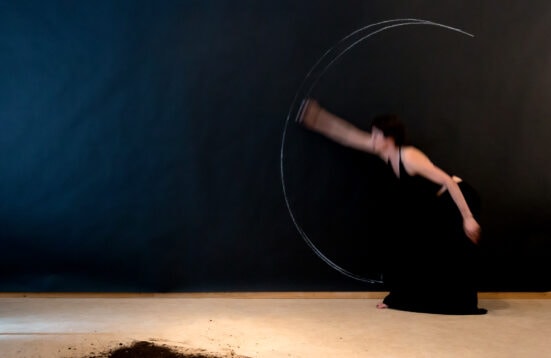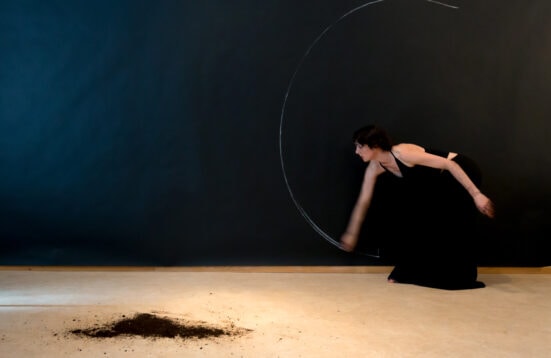CHRYSALIS. ARTISTS IN LABS
Berlin-based Artistic Research in Science and Technology
With Helena Nikonole, Julius Holtz, Sybille Neumeyer, Margherita Pevere
During 2025 and 2026, Art Laboratory Berlin is unfolding the new innovative project CHRYSALIS. ARTISTS IN LABS with an interdisciplinary exchange between art and science in Berlin science laboratories, kindly supported by Lottostiftung Berlin. Building on Berlin’s unique status as a global centre for arts and sciences, we aim to create new synergies based on topics of current research. In collaboration with a consortium of scientists from the Freie Universität Berlin, Humboldt-Universität zu Berlin, Technische Universität Berlin, University of the Arts Berlin, the Charité and the Bernstein Center for Computational Neuroscience, Art Laboratory Berlin is initiating artist-in-lab residencies for four internationally recognized, Berlin-based artists – Helena Nikonole, Julius Holtz, Sybille Neumeyer, and Margherita Pevere. We expect strong outcomes in transdisciplinary knowledge transfer, artistic research, art science communication, and some new artworks critically highlighting 21st-century innovations (we will be presenting our research project to the public on 8 November at Berlin Science Week 2025, more information here).
The four chosen artists are all well known for their outstanding artistic research at the interface of art, science, and technology. Each is highly experienced in integrating art with new technologies and collaborating with scientists in fields such as neuroscience, artificial intelligence, climate science, soil ecology, or biodiversity: For the CHRYSALIS project, Helena Nikonole is connecting current research on soil metagenomics with her ongoing practice with machine learning. Julius Holtz is combining his practice with interactive sound art produced through a brain-computer interface with research into neuroscience and sleep science. Sybille Neumeyer is examining soil as medium for eco–logical computation, as evolutionary algorithm, and as futuring matter. Margherita Pevere is exploring under-researched ponds in the city of Berlin with a focus on death as an ecological driver.
Art Laboratory Berlin, a multiple award-winning art and research platform with over 15 years’ experience in art-science research and its curatorial expertise, mediating talents, and discursive portfolio, benefits from longstanding collaborations with numerous Berlin university research institutes and a strong network in the “art-science” field. In the CHRYSALIS project, the role of Regine Rapp and Christian de Lutz is to closely mentor, creatively mediate, and constantly foster the chrysalis – the transitional state – of these critical transdisciplinary research paths.
At the invitation of Prof. Matthias Rillig (FU Berlin), Regine Rapp and Christian de Lutz from Art Laboratory Berlin contributed to the paper Ten simple rules for hosting artists in a scientific lab, published in 2021 in the journal Plos Computational Biology, forming the framework for these residencies. Beyond being open, one of the several recommendations in this paper was “Be curious about and understand each other’s holism”, which Art Laboratory Berlin considers key.
This creative dynamic process will be regularly shared and discussed with a broad public: The artists and their immediate scientific collaborators will regularly present their research and experiences in a series of talks in 2025 and 2026 and in an international interdisciplinary symposium in October 2026. Also, each artist will hold a workshop based on their ongoing lab residency. Finally, their current artistic research together with four new artworks will be presented to the public in a group exhibition at Art Laboratory Berlin in autumn 2026. An extensive, regularly updated online documentation will share the work in progress for a broad audience. Art Laboratory Berlin also plans a series of podcast and video interviews with the four artists and their scientific partners.
Artistic Research
Helena Nikonole
Helena Nikonole is a new media artist, independent curator, researcher, and educator based between Berlin and Istanbul. Her fields of interest include AI, hacktivism, hybrid art, and biosemiotics. She is the co-founder of 868labs – a Berlin-based collective developing tactical tools for decentralized, off-grid communication. One part of her practice is dedicated to utopian scenarios of a post-human future and art as innovation, while another focuses on the dystopian present and a critical approach to technology. As a researcher, she is currently working on a PhD on LLMs and political ideologies at the University of Applied Arts Vienna.
For the CHRYSALIS project, Helena Nikonole is continuing her work at the intersection of machine learning and biosemiotics. During her residency at the Rillig Lab, Institute of Biology, FU Berlin, she is bringing her machine-learning–related practice into dialogue with metagenomic soil-ecology research, in alignment with the lab’s ongoing Global Change project. At its starting point, the project poses a central research question: In what alternative forms might life emerge and develop under different conditions? The collaboration invites a dialogue in which speculation and observation overlap, approaching evolution not as a fixed trajectory but as a continuous unfolding – a field of potential transformations that may be real, imaginary, or both at once.
This project is inspired by Nikonole’s ongoing Speculative Species Evolution, which examines how life might evolve under the influence of artificial intelligence, human intervention, and the ecological pressures of the Anthropocene. At its core is the use of emerging technologies not to classify existing organisms but to imagine new ones, opening a speculative natural history that unsettles boundaries between the real and the artificial, the possible and the impossible. In dialogue with the Rillig Lab research on how multiple, concurrent global-change factors reshape soil microbial assemblages as read through metagenomic signals, the project approaches microbial communities as biosemiotic systems, where interactions and behaviors can be read and decoded at the genetic level. While machine learning serves as a pattern-finding lens capable of uncovering structures in large metagenomic datasets, speculation functions here as a method to challenge assumptions about what counts as a species, what counts as adaptation, and how forms of life might emerge that exceed established categories.
During the CHRYSALIS project, Nikonole will also continue her research on AI biases and AI ethics, in collaboration with the Berlin Open Lab and Profs. Christensen and Conradi (Weizenbaum Institute/UdK Berlin, Einstein Center Digital Future/TU Berlin).
Julius Holtz
Julius Holtz is a composer and sound researcher whose work explores intersections of electroacoustic music, media art, and interactive sound environments. His practice explores multisensory formats that combine music and sound design, visuals, and audience participation, resulting in projects such as SONIC SCULPTURE (Berliner Festspiele) and INTROSPECTIVE GARDEN (Charité Berlin and MIT). His current research connects generative AI with neural activity, creating adaptive soundscapes that probe our concepts of consciousness, identity, and collectivity. Rooted in Berlin’s 1990s club culture and later shaped at the University of the Arts, his work bridges experimental performance, technological innovation, and artistic research.
The artistic research of composer and sound researcher Julius Holtz operates at the intersection of neuroscience and sound art. It focuses on the development of sound environments that engage participants through sensorics and data sonification, embedding them within the artwork itself. In this context, he presented the project Introspective Garden at Charité Berlin, the HPI Potsdam, and the MIT Tangible Media Group. This research is the starting point for his project in CHRYSALIS. ARTISTS IN LABS at Art Laboratory Berlin, where Julius is collaborating with scientists from the Bernstein Center for Computational Neuroscience, HU Berlin as well as the Institute of Physiology about Sleep Research & Clinical Chronobiology, Charité-Universitätsmedizin Berlin. At the core of his investigations are the interactions between participants, sound environments, the formation of (self-)consciousness, and the creation of spaces that invite active listening. Mindfulness and the practice of active listening are closely connected: What new perspectives emerge from the act of listening to oneself as well as listening to others? How can new technologies be used sustainably in this context? What role does conscious and mindful action play for our society and environment? How can technological innovations contribute to fostering or transforming these qualities? The tension between the individual and the collective – between subjective perception and shared experience – has always been a central reference point in art and music. With the upcoming market introduction of brain-computer interface (BCI) wearables, transhumanist currents are increasingly blurring the boundaries between body, mind, digital networks, and artificial intelligence. Julius’ current research addresses this post-organic field of action. Within this, he is examining how concepts of “identity” and “consciousness” – expanded by new technologies such as artificial intelligence and brain-computer interfaces – undergo an irreversible process of amplification and dissemination within a cyber-physical society.
In an experimental setup, he is connecting a generative AI directly to the neural activity of the audience, transforming it into a continuously evolving sound composition, an intuitive human-machine system operating at the speed of thought. The exhibition space, as a speculative representation of a future society, provokes sociological, technical, and artistic research questions: Which irreversible processes of transformation do concepts such as collectivity, emotionality, and consciousness – once rooted in the body, now technologically extended – undergo within a networked, AI-driven, cyber-physical society?
Sybille Neumeyer
Sybille Neumeyer is an interdependent artist and researcher with focus on environmental issues and relationships between humans and non-humans. Her work is based on post-disciplinary research and collaboration. Through polyphonic (hi)storytelling, installations, walks, performative lectures, and video essays, she examines the intersections between the loss of biocultural diversity, planetary health, and the climate crisis. She is seeking transformative narratives, forms of rooting, and collective action for social, environmental and interspecies justice. She is part of the DIY Hack the Panke art science working group.
For CHRYSALIS Sybille Neumeyer will expand and deepen her long term collaborative research with the Rillig Lab (for plant, fungal and soil ecology) at FU Berlin. Her project continues to center around the Global Change Experiment, biospheric research, and the impact of ecological changes on soil communities. Over long time period, she has followed the laboratory’s Global Change Experiment which not only examines how soil microbes and plants are exposed to, and respond to specific pollution or parameters of climate change, but also evaluates the repercussions between multiple coexisting global change factors. Neumeyer’s resulting project Terramancy (working title) deals with questions of dynamics of data, microbial prophecies, and a speculative conception of antibiotic resistance as evolutionary necessity.
Sybille Neumeyer’s project also draws from the Rillig Lab’s research on µbiospheres, models of matter closed and energy open systems that serve as devices for examining ecological and evolutionary processes. Oscillating between scientific and cultural practices of prediction and futuring, the art-science-collaboration with various researchers at the institute investigates microbial lifeforms, data driven research practices, and soil as both media, mediated and matters of remediation. How can we engage with ecological futures emerging from a damaged planet? What can we learn from microbial lifeforms about coexistence with toxic matters, and which potential lies in scientific and predictive methods to cultivate care and modes of futuring?
Margherita Pevere
Known for her otherworldly work with living matter, ecology and biotechnology, Margherita Pevere is an artist and researcher addressing taboos like death, sex, and vulnerability. Her practice embraces object-making, installation, performance, and writing, which she waves seamlessly thanks to her transdisciplinary background. Her project Lament on wildfire ecologies was awarded the COAL Prize Transformative territories mention 2024 and she was nominated for the Falling Walls Awards Category Art and Science 2023 for the body of work around her concept ‘arts of vulnerability’. Among the projects she co-initiated there are the exhibition Membranes Out of Order and the performance duo Fronte Vacuo. She holds a doctorate in artistic research from the Aalto University.
Margherita Pevere’s project (untitled) looks at death as an ecological driver in ponds of the Berlin urban area. Her scientific partners are the Jeschke Group for Ecological Novelty at Freie Universität Berlin and The Leibniz Institute of Freshwater Ecology and Inland Fisheries (IGB) as well as ARL Hanover. (untitled) will focus on the project POUNDER (POllution in UrbaN ponds, eco-evolutionary Dynamics, and Ecosystem Resilience). (untitled) belongs to Margherita’s current series untaming death, which understands death as an ecological process rather than the end of life. Previous projects in the series engaged with complex phenomena inside the human body (autoimmune conditions in Hlymia, 2024) or damaged ecosystems (wildfires and soil in Lament, 2024, awarded the COAL Transformative Territories Mention 2024). The series reflect on death as a constitutive part of life processes, but frames in it a time of anthropogenic disruption of ecologies and species extinction. How to (not) come to terms with this?
While water bodies and the sea have historically inspired art, from literature and classical painting to cinema, current technological development, and ecological challenges present new possibilities. Robertina Šebjanič’s Aquatocene project focuses on ecology and sound; Fara Peluso develops poetics and design based on algae; and Kristin Bergaust’s video works address modelling and flows in the North Sea. Art Laboratory Berlin’s research group DIY Hack the Panke and the festival Bodies of Water have gathered practitioners from different disciplines to investigate the relationship between Berlin and its watery surrounding.
(untitled) contributes to this conversation with a focus on under-researched ponds and a focus on death as an ecological driver. Pevere’s research is looking at what chemicals (nicotine, drugs, among others) enter ponds, and how they affect biotic activity. The project involves field work, data collection, and analysis in collaboration with the scientists in the group. The final artwork will be inspired by the process and reflect on materialities and processes. Pevere has conducted preliminary research independently on sediment organisms with samples from the Marano Grado Lagoon Italy, her place of origin. She is excited to extend her research on Berlin urban ponds, in collaboration with outstanding scientific partners and the curatorial support of Art Laboratory Berlin.
In Context
CHRYSALIS. ARTISTS IN LABS
- Artist Scientist Dialogue
- With Julius Holtz and Julia von Thienen
CHRYSALIS. ARTISTS IN LABS
- Panel Discussion | With Helena Nikonole, Álvaro Rodríguez, Julius Holtz, Ludmila Litvin, Margherita Pevere, Germán Joosten, Regine Rapp, and Christian de Lutz
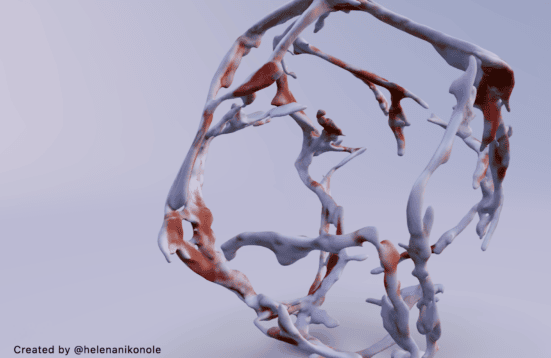
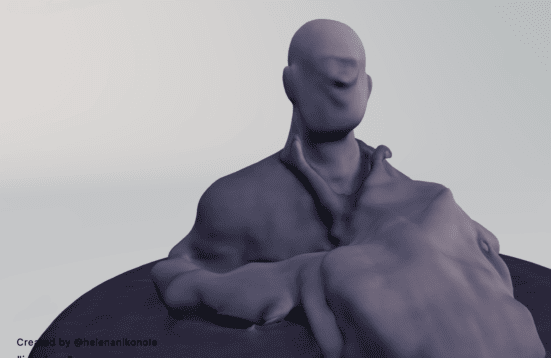
Politics of AI
- Artistic Research
- With Helena Nikonole
WORKSHOP FULLY BOOKED /// The workshop explores how Large Language Models (LLMs) like ChatGPT, Claude, and Gemini, as well as text-to-image AI systems, reproduce biases and embed political ideologies. Participants will experiment with AI-generated responses to politically charged prompts, analyze biases in text-based AI outputs, and examine how these biases extend into AI-generated imagery.
Read more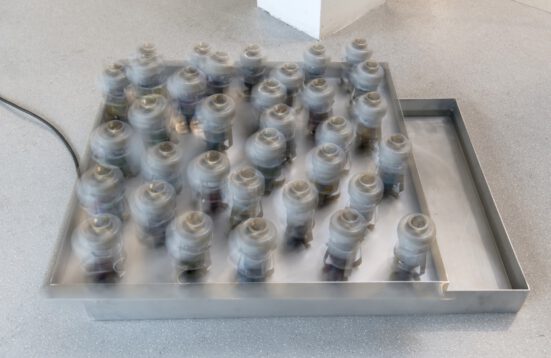
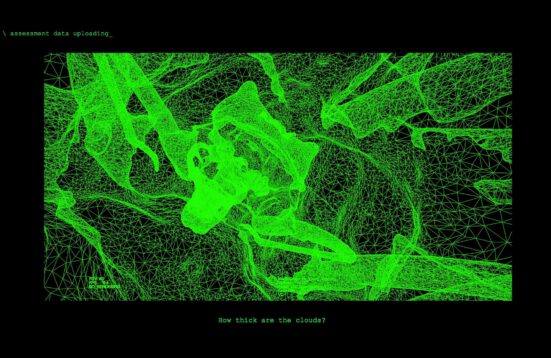
VICIOUS CYCLE
- Artistic Research on Climate Crisis
- Cammack Lindsey | Gülşah Mursaloğlu | Sybille Neumeyer
The exhibition is based on the closed cycle of human disturbance of the environment and its return to the human and nonhuman body. In the exhibition the artists’ investigative and research-oriented works explore the problem of microplastics in soil, the impact of climate change and the effects of excessive agricultural activity on the water, soil, animals and wildlife.
Read more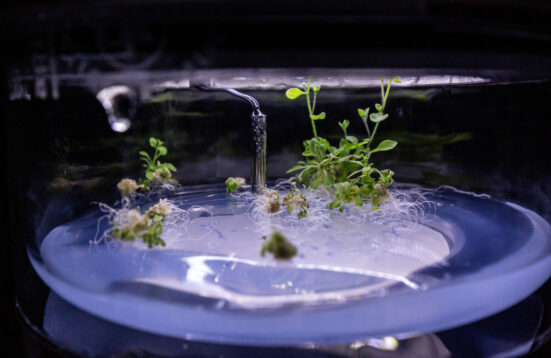
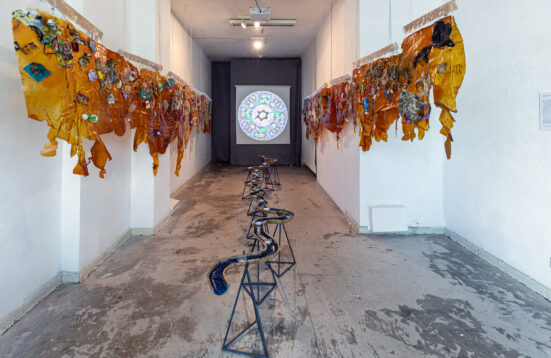
The Camille Diaries
- New Artistic Positions on M/otherhood, Life and Care
- Sonia Levy | Mary Maggic | Naja Ryde Ankarfeldt | Baum & Leahy | Špela Petrič | Margherita Pevere | Ai Hasegawa | Nicole Clouston | Cecilia Jonsson | Tarah Rhoda
The exhibition presents new artistic works by eleven international women and non-binary artists (installations, video, objects, performance). Reflecting on the current conditions of our world (environmental changes, gender aspects, biopolitics, etc.), the artists’ positions propose an ‘aesthetics of care’ as the basis for inter-species coexistence.
Read moreMATTER OF FLUX
- Festival
- Women/ FLINTA* in Art, Science and Technology
Nonhuman Agents
- Anatomy of an inter-connected system
- Margherita Pevere

